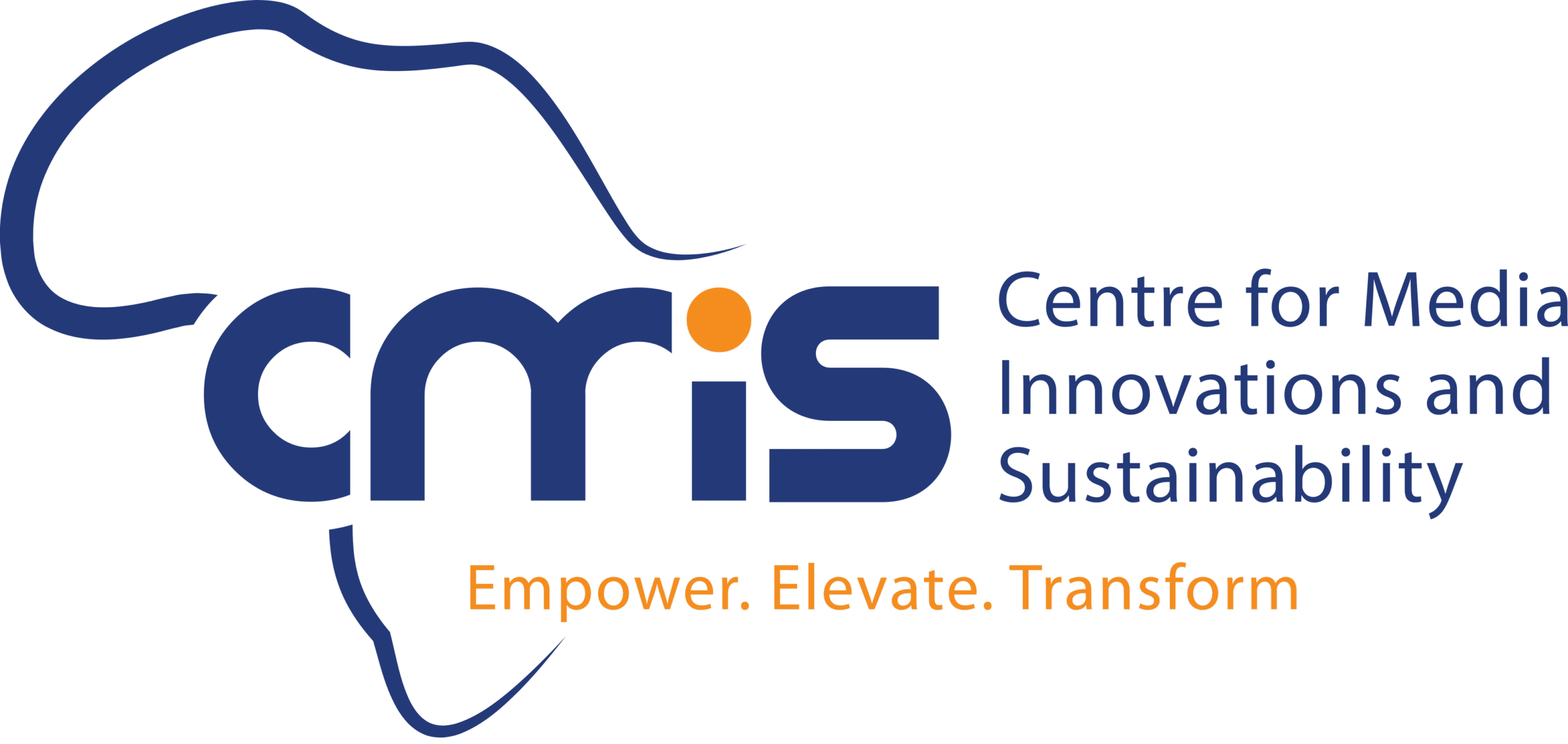
How Culture Shifts Can Save Africa’s Newsrooms: Insights from Organisational Anthropologist, Dr Shamim K. Matovu
Uganda’s newsrooms, like many others in Africa and the largest part of the world, are not failing because of technology, but because of cultures that resist it. Organisational anthropologist Dr Shamim K. Matovu warns that the greatest threat to journalism today is not the internet, but rather its inertia. As audiences go digital, newsrooms must unlearn old habits, retrain for agility, and rebuild cultures that innovate. Survival in the digital age depends on more than new tools. It’s about new mindsets, blending the wisdom of veterans with the agility of young journalists in a culture shift that could either kill or save the future of news.
In an era where technology is revolutionising the media landscape globally, many media organisations in Uganda still lag. Despite the growing availability of digital tools, mobile connectivity, and affordable data, the adaptation of new technologies in Ugandan newsrooms remains painfully slow. While infrastructure, cost, and training are often cited as primary challenges, one factor that remains significantly under-addressed is culture.
Organisational culture, deeply rooted in tradition, hierarchy, and resistance to change, is proving to be a major stumbling block to technological evolution in many Ugandan media houses.
Dr Shamim K. Matovu, an organisational anthropologist and corporate culture consultant, believes this is because of “…the rigid hierarchies and outdated work models [among media houses]. Many newsrooms are led by veterans who value tradition and stability, yet often resist the experimentation required in today’s tech-driven world. Younger professionals, though agile and tech-savvy, are sidelined in decision-making. This creates a cultural clash characterised by experience without adaptability on one side, and flexibility without authority on the other. The result is inertia; a state of slow adaptation, poor talent retention, and declining competitiveness.”
Two news media houses have developed content creation and curation formats tailored to their own unique audience. These are TRT Afrika and Switch Africa.
TRT Africa, under their slogan “Africa as it is,” is a news platform that covers African news from politics to economics to entertainment, but delivered with simplicity. TRT Africa delivers news outside the newsroom. In the age where you only need to put the phone before your face to go live, the team at TRT Africa is using the same approach. No suits. Not cameras and light. Just ordinary people anchoring news most ordinarily while upholding the newsroom ethos. The media entity aims to produce news in a more palatable format than the audience is used to.
Switch Africa. This is a Uganda-based media platform that delivers news to the Gen Z audience in a manner they identify with. Like the TRT Afrika model, SWITCH Africa covers stories that would often come off as uninteresting for the young, fast-paced audience.
Switch Africa is a Pan-African youth-centred social newsroom. The platform mainly uses X and Instagram to publish its news. Both platforms use short videos to deliver news in a more lighthearted manner. It is a newsroom built by young Africans for young Africans.
This media house produces stories that matter to the young people, produced with familiar voices that sound like them, and produced at a speed that matches the Gen Z energy.
Both TRT Afrika and Switch Africa are producing news in a deliberate approach that addresses the mindsets of their target audiences. Culture transformation for newsrooms is not all about introducing new software or hiring digital consultants. It is about narrowing down to what the target audience wants.
Many newsrooms resist change, clinging to outdated methods. Older leaders often block new tools from younger staff. Digital growth needs mindset shifts that culture often resists.
Rigid hierarchies limit junior staff from experimenting with innovation. Initiative is stifled, and failure is feared, not welcomed. This culture slows adaptation in fast-moving digital environments.
Digital roles are undervalued, seen as support, not essential. Traditional platforms still get priority over digital engagement strategies. This disconnect leaves audiences underserved and disengaged online.
Generational divides hinder collaboration and digital knowledge sharing. Older staff rely on legacy systems that feel “safe.” Without digital training, technology remains feared instead of embraced.
So, What’s the Way Forward?
Newsrooms have to get the content right. This means they have to make the algorithm work for them. Know what the audience is consuming and produce content in line with the way they consume it.
Dr Matovu advises, “To thrive, newsrooms must intentionally build cultures that value both legacy and innovation. Leaders should integrate veterans’ deep knowledge with younger staff’s digital fluency by fostering collaborative leadership, mentorship, and co-creation. Agile workflows, data-driven decision-making, and investment in continuous learning are key to keeping pace. Additionally, creating a unified culture that prioritises audience-centric strategies will help attract talent, retain clients, and strengthen relevance. Ultimately, culture is the engine! When aligned with innovation, it shapes the habits that drive organisational success in competitive times.”
To truly meet the evolving demands of today’s audience, media organisations must invest in digital leadership at all levels, not just at the top. Audiences expect engaging, timely, and tech-driven content, and delivering this requires safe spaces for experimentation, even when it leads to failure. They want relevance, not rigidity, which means breaking down hierarchical barriers to let fresh ideas flow.
Prioritising training and mentorship in digital tools and storytelling ensures content creators stay ahead of trends. Redefining success metrics to include online engagement, reach, and impact reflects what audiences actually value today. Involving all generations in digital strategy fosters inclusive, relatable content, while celebrating early adopters and empowering internal champions helps maintain momentum. Ultimately, adapting to what the audience wants begins with reshaping the culture from within.Technology is not the enemy. Culture is. Or more precisely, a culture that resists change is. For Uganda’s media organisations to truly evolve in the digital age, the real work lies in reshaping internal cultures; that is, fostering openness, encouraging innovation, and placing trust in new ways of thinking. Technology is only as transformative as the people and institutions willing to embrace it.
Until that culture shifts, the digital transformation of Uganda’s media will remain a story half told.
![]()







